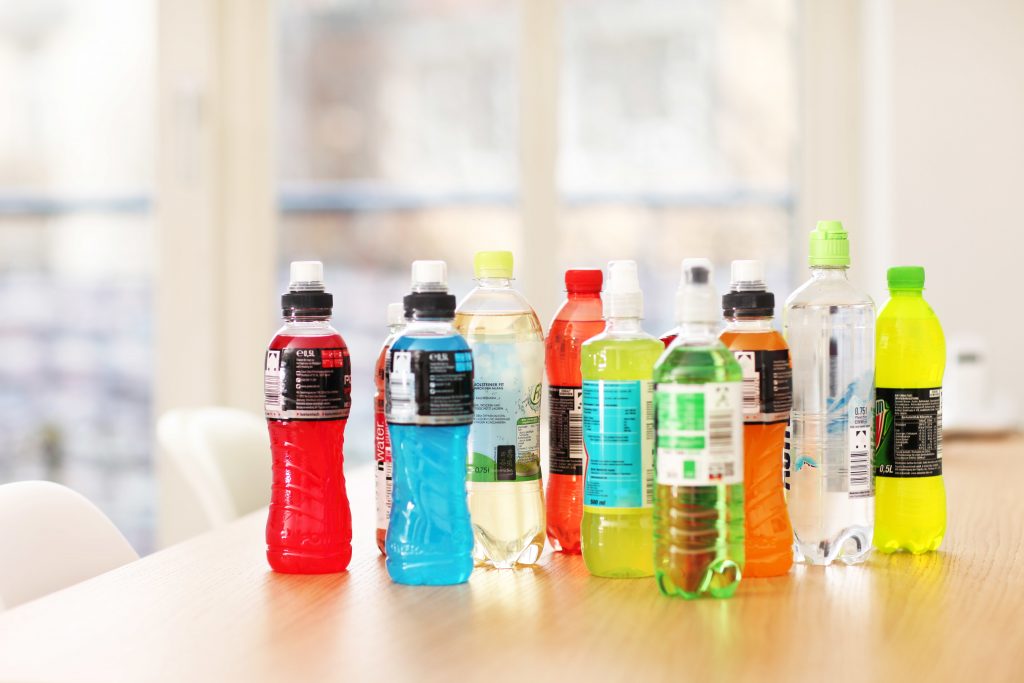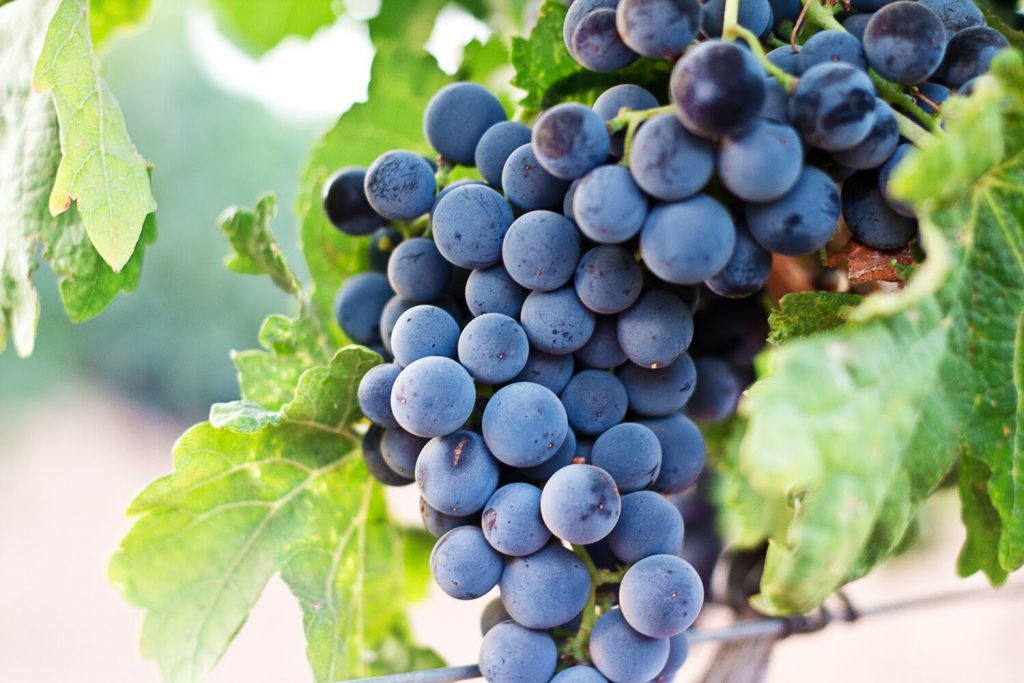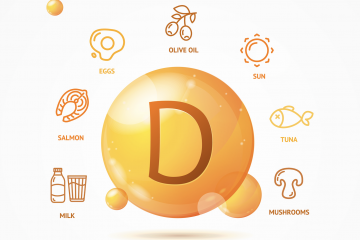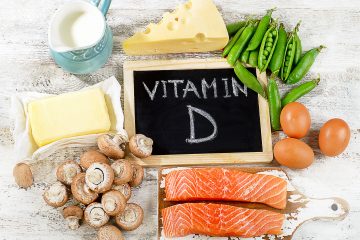How to Choose a Sports Drink: What to Look For
How to Choose a Sports Drink – Gatorade, Vitargo, Roctane, Nuun…the number of sports drinks is dizzying. How are you supposed to know what to drink to support your training and races?! Does it matter what you buy? What should you look for? I don’t have any affiliations, and there are so many products it’s tough to keep up with all the new ones coming out, but here I’ll give you the ingredients and amounts to look for so you can choose what to drink to hydrate and crush your workouts!

Types of Sport Drinks
What makes a sports drink a sports drink? There are three kinds of sports drinks
1) electrolytes
2) carbohydrates
3) electrolytes and carbohydrates
If your workout is less than an hour, you likely won’t need carbs in your drink unless you’re doing a time trial or you are a female in the luteal phase of her menstrual cycle, then say yes to carbs for shorter workouts. Carbs don’t help hydrate, they’re used for fuel. Consuming electrolytes during a short workout won’t hurt; it may not be necessary but if you like flavored drinks with electrolytes, go for it. Most sports drinks have a combination of electrolytes and carbohydrates, which is when you want to pay attention to what’s in them.
Why? There are a lot of stresses on the body that comes with competing besides the physical stress of the competition. Competing usually involves travel, so you have to sleep in a strange bed, eat differently, experience jet lag, risk getting sick (if you’re flying), etc. Plus, we all push harder in competition than in training, and research confirms that. Removing these stressors can mean you’re not as worn down and improve your resiliency.
Electrolytes
Electrolytes are positively charged ions that help you hydrate. Water follows electrolytes because of the positive charge, so you hydrate better with electrolytes compared to drinking plain water. Regarding electrolytes, aim for 460-920 mg of sodium per 32 oz of fluid, which is 115-230 mg sodium/ 8 oz. Depending on your sweat rate, you may need to add more sodium to keep up with your needs. You can always add sodium, but 115-230 mg per 8 oz is a good place to start.
The beverage should have 1/4 as much potassium as sodium if it has potassium. For example, if your drink has 200 mg sodium per 8 oz, it should have 50 mg potassium per 8 oz. You’ll unlikely find high potassium levels because potassium supplementation can be dangerous, so it’s rarely added in large amounts.
Carbohydrates
Look for multiple sources of carbohydrates: fructose, glucose, maltodextrin, etc. Glucose and fructose use different transporters so that you can absorb more per hour from a mixed source of carbs (glucose and fructose) than just one source of carbs. Maltodextrin and fructose can impede fluid absorption in women, so ladies, I recommend minimizing them. Women can absorb 26g of fructose per 100g of carbs, whereas men can absorb 66g of fructose per 100g of carbs. Excess fructose can cause bloating, so if this is a common issue, check your drink. One option is to separate hydration and fueling to eliminate a decrease in power and avoid GI issues.
Flavor
As you may guess, it’s really a personal preference here, but interestingly, there is a bit of research on flavor. The grape has the best flavor fatigue rating. This means it takes longer to get sick of grape flavor than others; you’re likely to tolerate it longer. If you don’t like grapes, then choose whatever flavor you like.

Get Variety
I highly recommend getting a variety of flavored products. I’ve had athletes who had one flavor for a whole Ironman or long bike ride, and it backfired. They were so sick of it that by the end, they stopped fueling with it because of flavor fatigue. Fill bottles with different flavors to keep them more appealing. One athlete who shall remain anonymous went for a long ride and accidentally took the same flavor for every product: watermelon Vitargo, watermelon Gu, and watermelon chews…it was a rough 5 hours. Vitargo has a variety pack, so you can try different flavors before committing to a giant barrel that takes up an entire kitchen cabinet.
Key Takeaway – How to Choose a Sports Drink:
How to Choose a Sports Drink
At the end of the day, it comes down to finding what works for you. Try a variety of products and see what feels good to you. Practice with it on long runs and get your body used to it so when it comes to race day, you’re confident and prepared.
About Dr. A’nna – How to Choose a Sports Drink

Dr. A’nna strives to inspire people to optimally fuel their bodies to achieve their best and have a positive impact on the world. She is the only combined Ph.D./RD specializing in sports performance nutrition globally with all Ivy League degrees and the Chief Research Officer at AthleteBloodTest.
Dr. A’nna aims to cultivate a world of healthy athletes who understand nutrition and leverage their physiology to get the best results in sports and life. You can reach her at [email protected] or on Instagram @drannaroby.



0 Comments